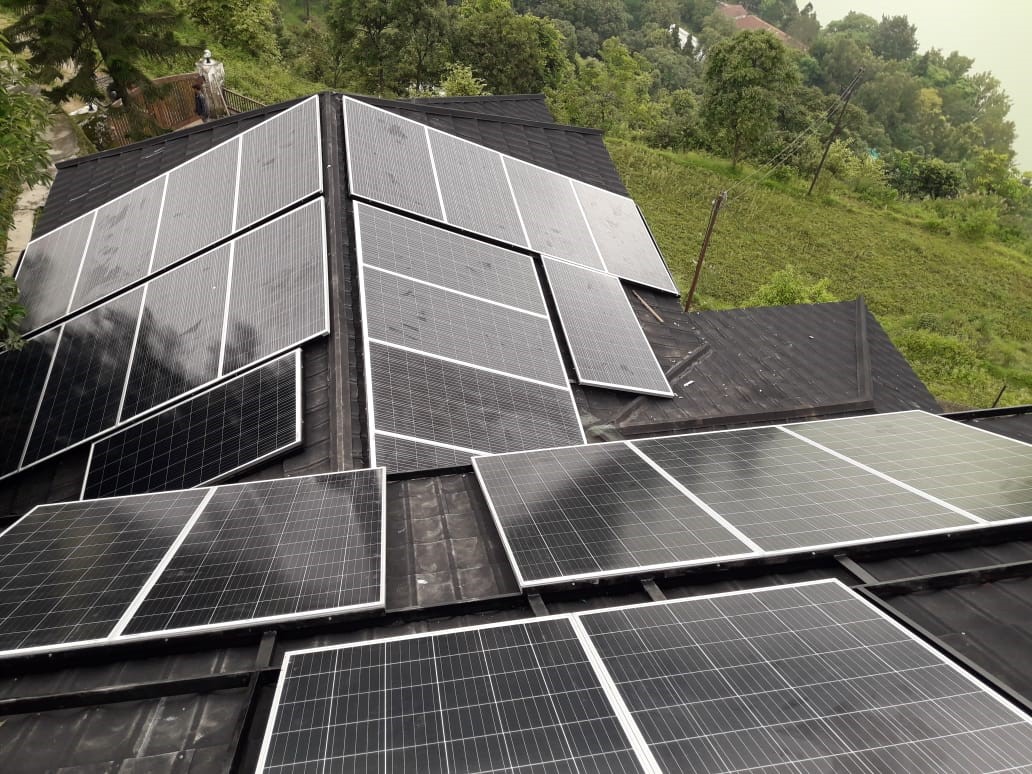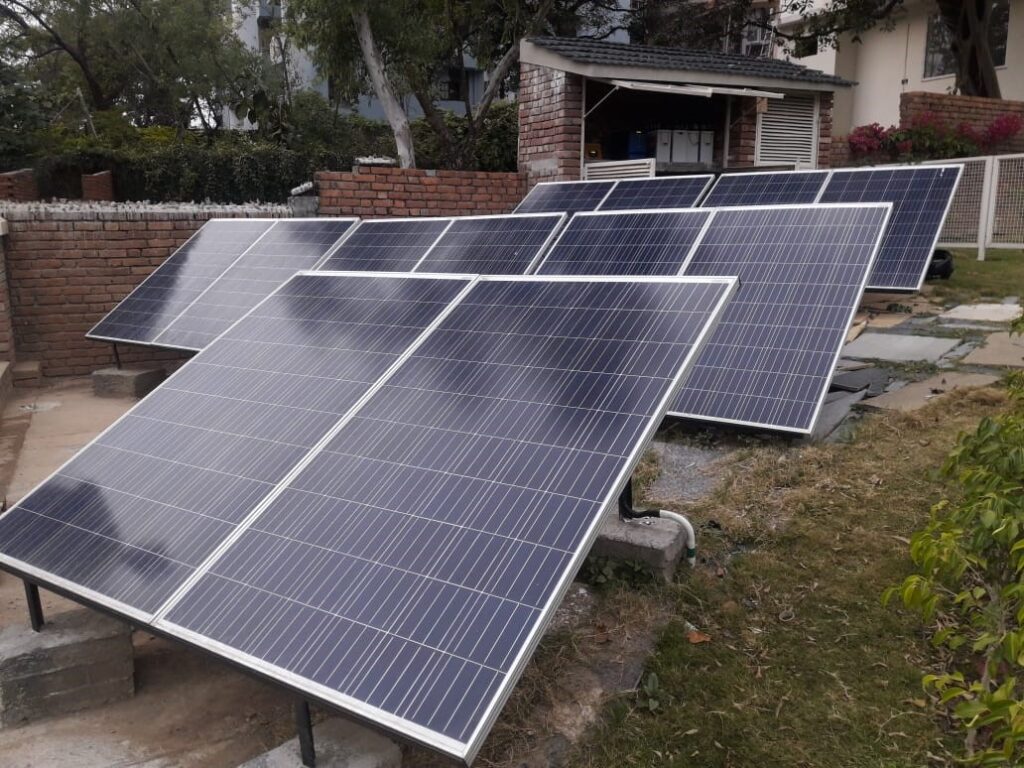Mono & Poly-Crystalline Solar Module
Mono & Poly Crystalline Solar Module
Both monocrystalline and polycrystalline solar panels serve the same function in the overall solar PV system: they capture energy from the sun and turn it into electricity. They are also both made from silicon, which is used for solar panels because it is an abundant, very durable element. Many solar panel manufacturers produce both monocrystalline and polycrystalline panels.
Both monocrystalline and polycrystalline solar panels can be good choices for your home, but there are key differences between the two types of technology that you should understand before making your final solar purchase decision. The main difference between the two technologies is the type of silicon solar cell they use: monocrystalline solar panels have solar cells made from a single crystal of silicon, while polycrystalline solar panels have solar cells made from many silicon fragments melted together.



Mono-crystalline and Poly-crystalline solar modules — two of the most common types of photovoltaic (PV) panels used for solar power generation:
Mono-crystalline Solar Modules (Mono-Si)
-
Made from a single crystal of silicon.
-
Cells are cut from a cylindrical silicon ingot.
-
Uniform black or dark color
Poly-crystalline Solar Modules (Poly-Si or Multi-Si)
-
Made from multiple silicon crystals melted together.
-
Cells have a bluish, speckled appearance.
-
Easier and cheaper to manufacture.
Common Benefits (Mono & Poly Crystalline)
-
-
Renewable and Clean Energy Source
-
Both types convert sunlight into electricity without emissions, supporting sustainable energy goals.
-
-
Long Lifespan
-
Typically last 25–30 years or more, offering long-term performance and stability.
-
-
Low Maintenance
-
Require minimal upkeep once installed; just periodic cleaning is usually sufficient.
-
-
Cost Savings Over Time
-
Reduce or eliminate electricity bills, offering good return on investment (ROI).
-
-
Suitable for Grid-Tied or Off-Grid Use
-
Work well with inverters, batteries, and hybrid systems, depending on application needs.
-
-
Benefits of Mono-crystalline Solar Modules
(Made from a single crystal structure of silicon)
-
Higher Efficiency
-
Efficiency ranges from 18–22%, making them ideal where space is limited.
-
-
Better Performance in Low Light & High Heat
-
Performs well in cloudy conditions and at higher temperatures.
-
-
Sleek Aesthetics
-
Typically all-black or dark-colored, offering a modern, uniform look on rooftops.
-
-
Longer Lifespan and Warranty
-
Often come with longer warranties due to higher material quality and durability.
-
Benefits of Poly-crystalline Solar Modules
(Made from multiple silicon fragments melted together)
-
Lower Cost
-
Generally more affordable than mono-crystalline modules, making them budget-friendly.
-
-
Less Energy-Intensive to Manufacture
-
Production process is simpler, leading to lower environmental impact during manufacturing.
-
-
Reliable and Proven Technology
-
Time-tested and widely used for residential, commercial, and rural applications.
-
-
Good Performance in Moderate Climates
-
Performs efficiently in areas with consistent sunlight and moderate temperatures.
-